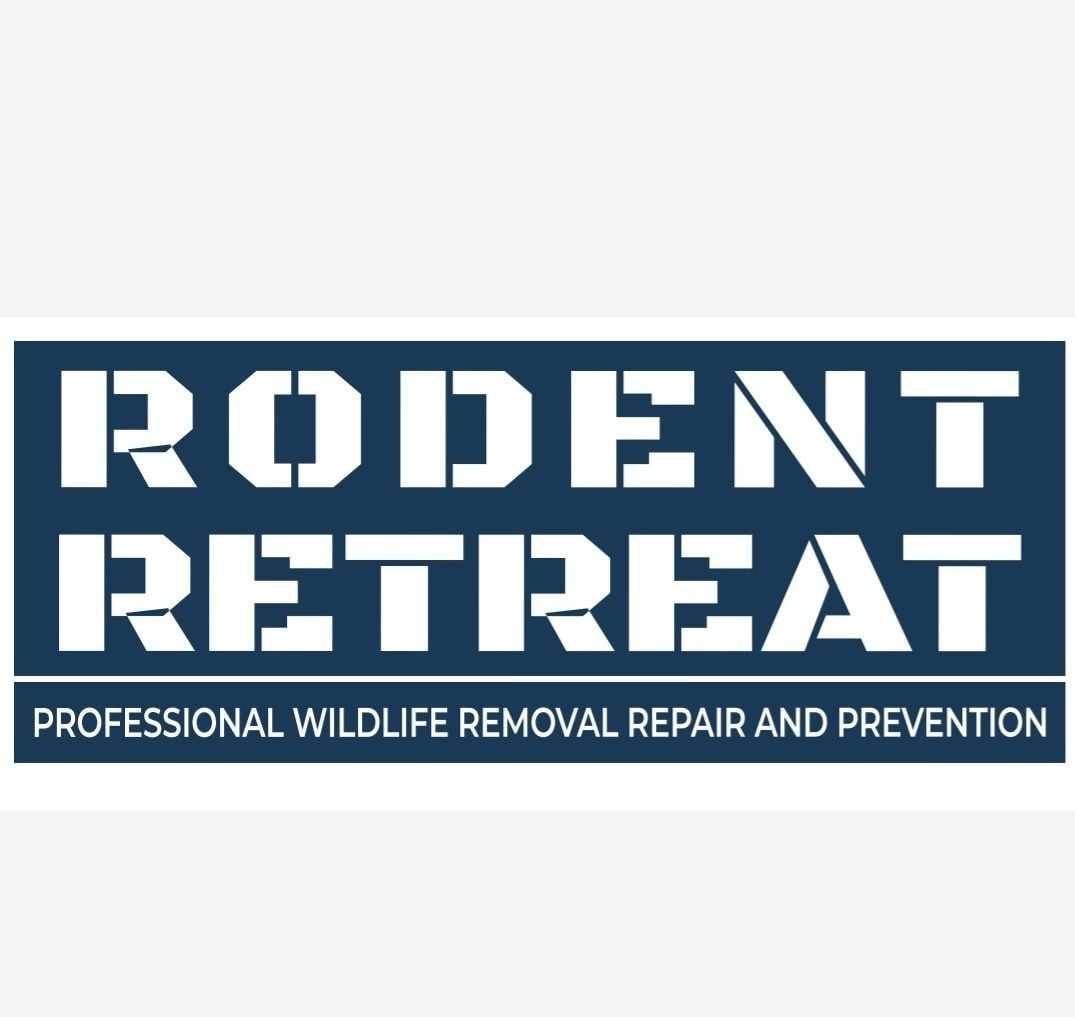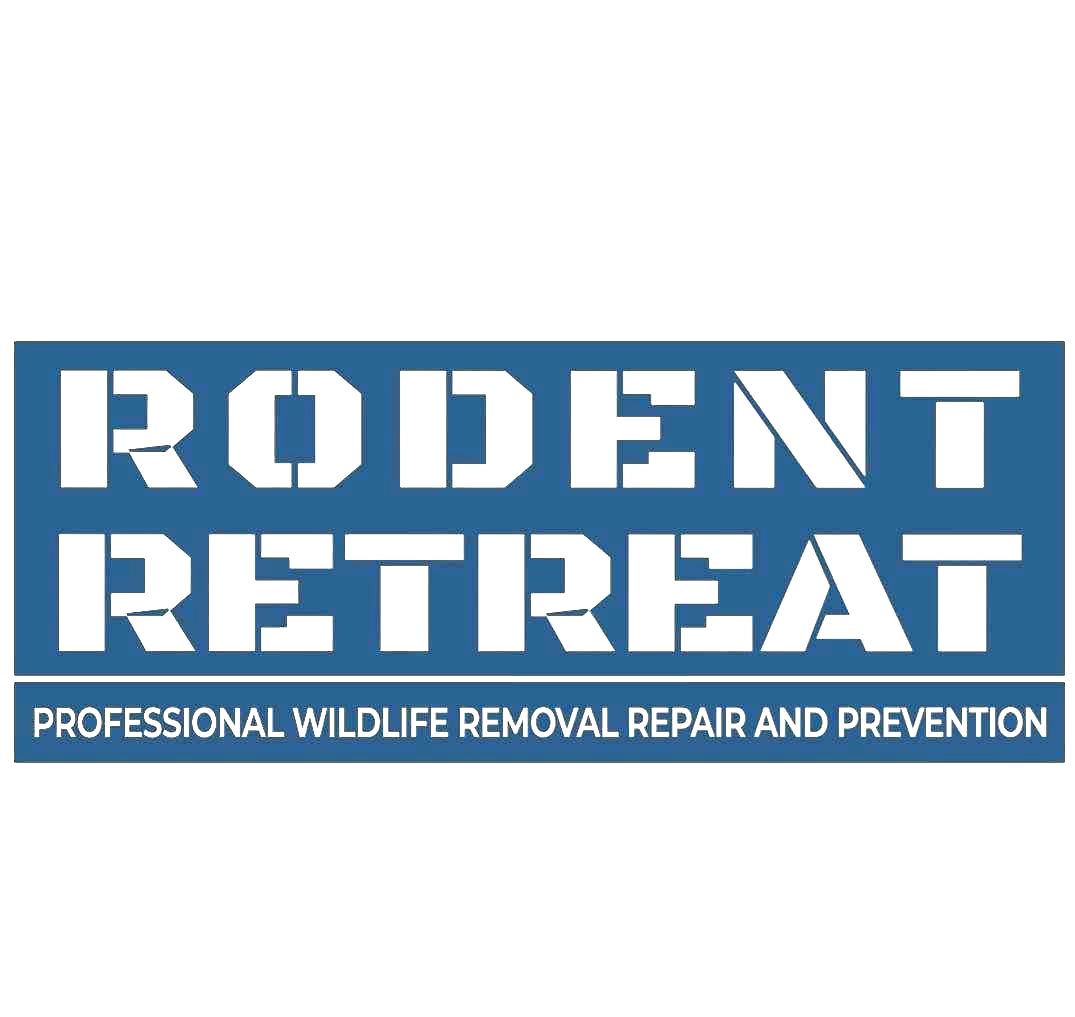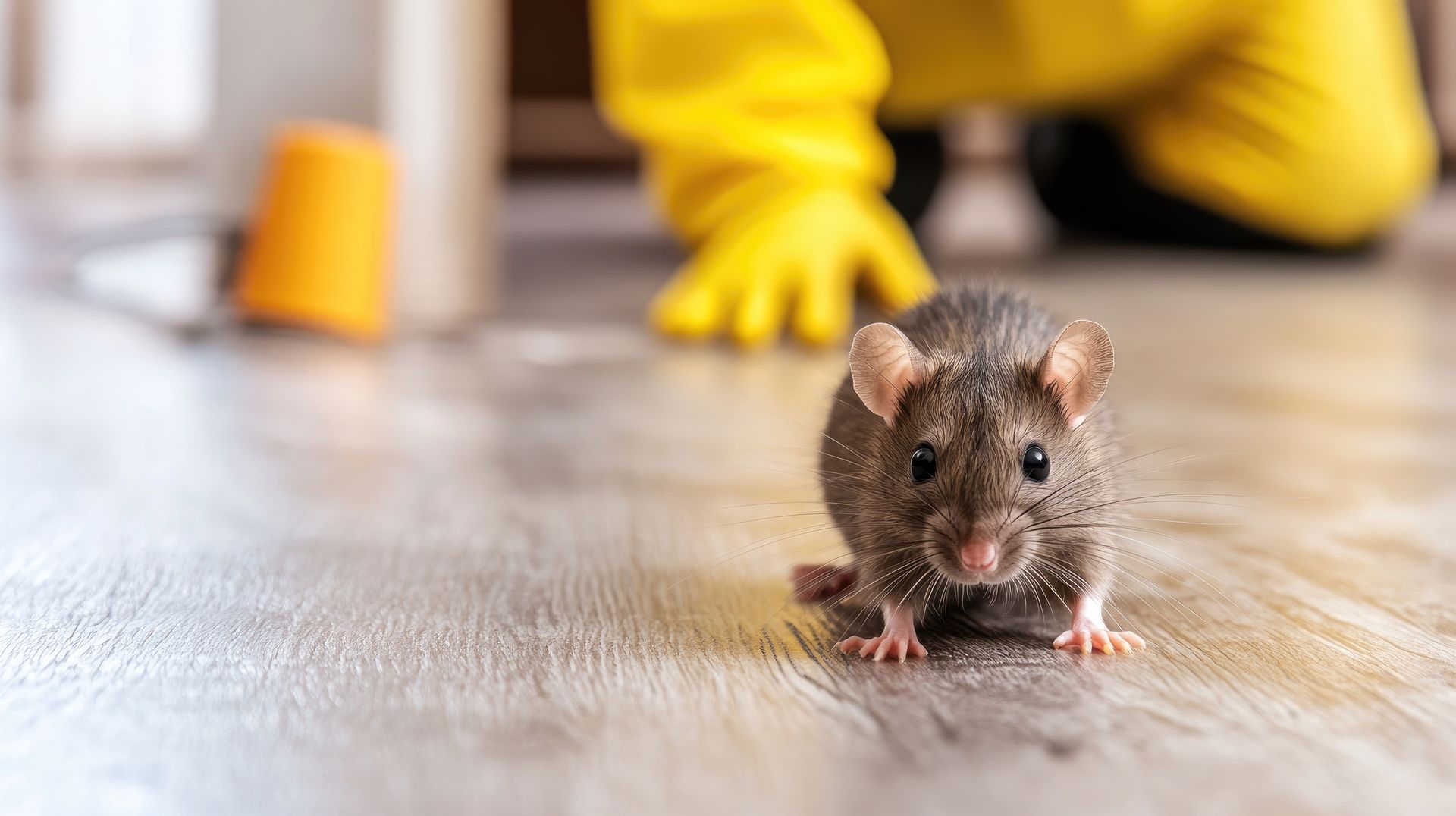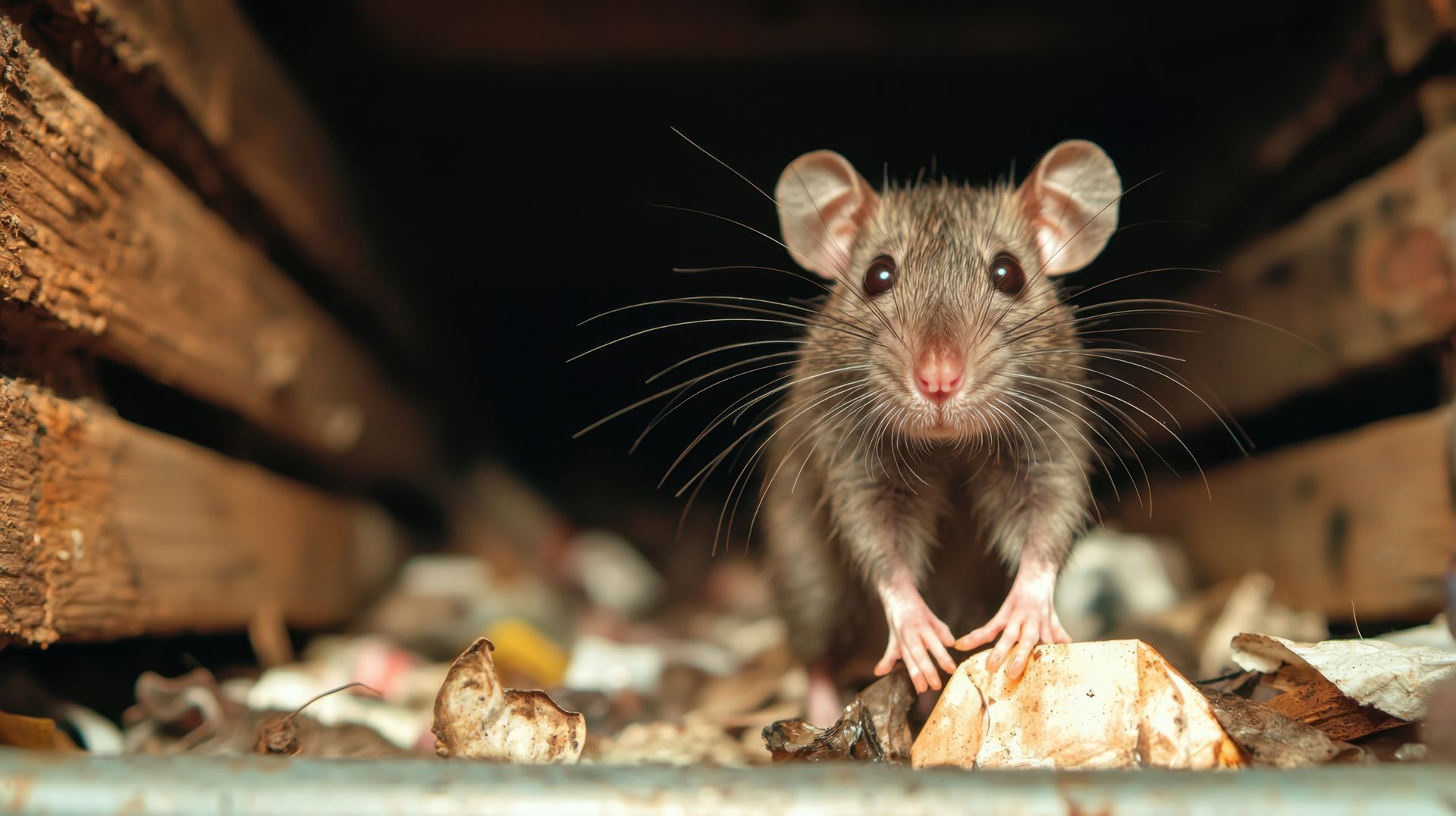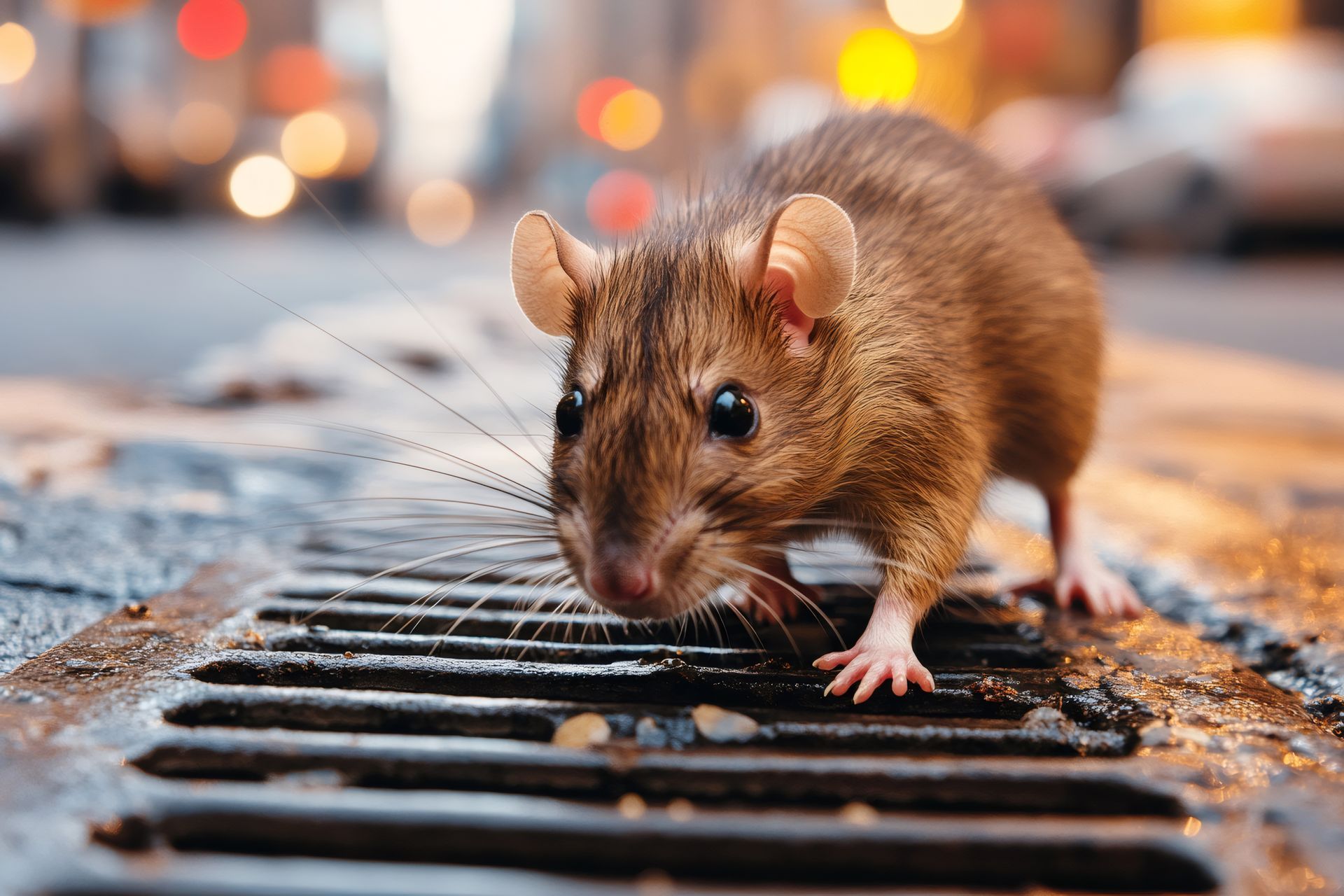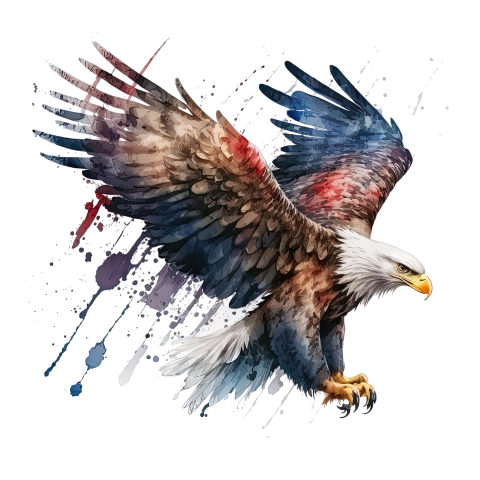How To Clean Up After A Raccoon Infestation: Safety Tips
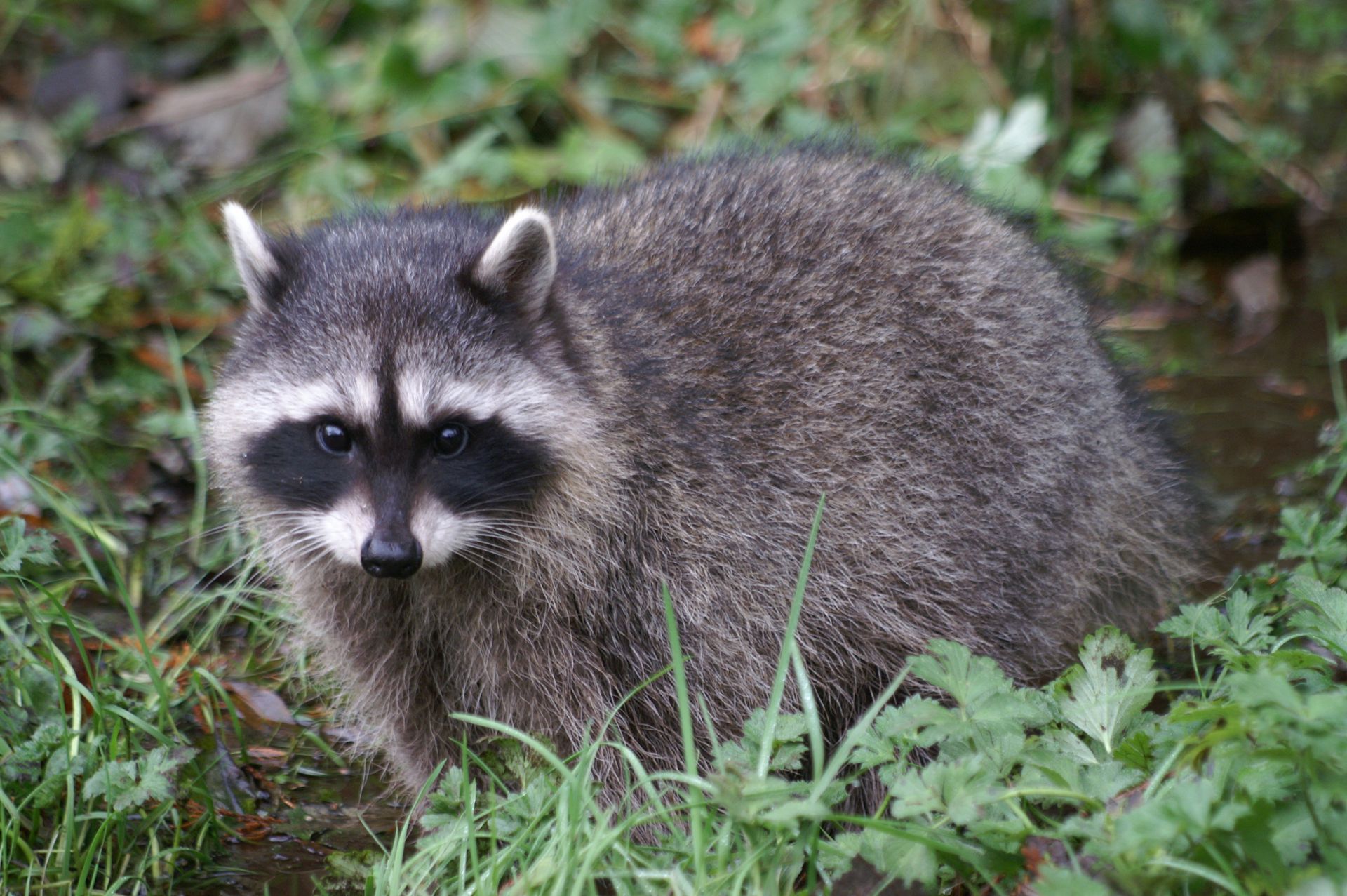
Raccoons can cause significant mess and potential health risks when they find their way into homes, attics, or other structures in Texas. Known for their intelligence and resourcefulness, raccoons can leave behind more than just a trail of destruction—they can also introduce dangerous bacteria, viruses, and parasites into your home. If you’re dealing with the aftermath of a raccoon infestation and seeking guidance on safe cleanup, this guide will help you tackle the task effectively.
Why Proper Cleanup After Raccoon Removal Is Critical
Raccoons are carriers of various pathogens and parasites, some of which can be harmful to humans and pets. The risks of improper cleanup include exposure to diseases such as:
- Raccoon Roundworm (Baylisascaris procyonis): This parasite is commonly found in raccoon feces and can cause severe neurological damage if accidentally ingested or inhaled.
- Leptospirosis: A bacterial disease that can lead to kidney damage, liver failure, and respiratory issues.
- Salmonella: Bacteria present in raccoon droppings can cause gastrointestinal distress and serious illness, especially in vulnerable individuals. Learn more on How to Safely and Humanely Remove Raccoons from Your Property.
Assess The Extent Of The Infestation
Before starting the cleanup, assess the affected area carefully. Raccoons often leave droppings, food remnants, nests, and even damage to insulation, wood, and wires. Make a checklist of what needs cleaning, disinfecting, repairing, and possibly replacing. It’s also helpful to take photographs, especially if you’ll be filing an insurance claim.
Gather Essential Cleaning And Safety Supplies
Raccoon cleanup requires specialized cleaning supplies to ensure safety and thoroughness. Here’s what you’ll need:
- Personal Protective Equipment (PPE): Wear gloves, goggles, a disposable coverall, and a respirator or N95 mask to prevent direct exposure to harmful particles.
- Disinfectant: Use a strong disinfectant or a bleach solution (1 part bleach to 10 parts water) for surfaces that need to be sanitized.
- Plastic Bags: Heavy-duty garbage bags for disposing of contaminated materials like droppings, bedding, or damaged insulation.
- Cleaning Supplies: Have paper towels, rags, and brushes on hand for scrubbing surfaces.
- Vacuum Cleaner (HEPA): A vacuum with a HEPA filter is essential for capturing and safely removing contaminated dust and particles.
Ventilate The Area
Good ventilation is crucial when cleaning up after raccoons, especially in enclosed spaces like attics or basements. Open windows and doors, and consider using a fan to help circulate fresh air and reduce the buildup of harmful airborne particles. Ventilation can also help disperse any strong odors that may linger in the affected area.
Begin With Proper Dropping Removal
Raccoon droppings contain dangerous pathogens, so handling them with care is vital. Here’s how to do it safely:
- Spray First: Lightly spray droppings and contaminated materials with water or disinfectant to reduce airborne dust.
- Double-Bag: Using gloves, place droppings, nesting materials, or other contaminated debris in a plastic bag, then double-bag for added safety.
- Dispose of Carefully: Place the bags in a trash can or disposal area approved for hazardous waste if available.
Disinfecting Contaminated Surfaces
After removing droppings and debris, disinfect all affected surfaces to eliminate any remaining pathogens.
- Use a Bleach Solution: Apply a solution of 1 part bleach to 10 parts water to surfaces such as walls, floors, and any hard surfaces where raccoons may have traveled or nested. Allow the solution to sit for at least 10 minutes before wiping.
- Scrub Down Insulation and Wood: Raccoons often damage insulation and wooden structures in attics. If insulation is salvageable, disinfect it thoroughly. However, damaged insulation should be removed and replaced.
- Focus on High-Touch Areas: Don’t overlook surfaces that raccoons may have touched frequently, such as vents, windowsills, and exposed wiring.
Cleaning Fabrics And Soft Materials
If raccoons have infested areas with furniture, rugs, or curtains, these items may need extra care:
- Steam Cleaning: Use a steam cleaner for fabric items that aren’t easily washed in a machine, as heat can help kill bacteria.
- Washable Fabrics: Launder any removable fabrics in hot water with a heavy-duty detergent.
- Consider Replacement: For items that are too soiled or damaged to clean effectively, consider discarding and replacing them.
Preventing Future Infestations
Once your home is cleaned and sanitized, the next step is to ensure raccoons don’t return:
- Seal Entry Points: Inspect your property for holes, broken vents, damaged screens, or loose siding, as raccoons can squeeze through surprisingly small spaces.
- Secure Trash and Food Sources: Raccoons are attracted to food sources, so ensure all trash bins are tightly sealed and pet food is stored indoors.
- Trim Trees and Shrubs: Raccoons use trees and shrubs to access roofs and attic spaces, so keeping branches trimmed can reduce accessibility.
Consider Professional Assistance
If the infestation was extensive or the cleanup feels overwhelming, hiring a professional raccoon removal and cleanup service in Texas can provide peace of mind. Rodent Retreat has a trained team in safe cleanup practices, reducing your risk of exposure to diseases and ensuring your home is properly disinfected.
Final Health And Safety Check
After cleanup, take a few final precautions to ensure no lingering health risks remain:
- Disinfect Your Tools: Clean all tools, brushes, and vacuum equipment with a bleach solution to prevent cross-contamination.
- Dispose of PPE Carefully: Place used gloves, masks, and disposable coveralls in a sealed plastic bag and discard them immediately.
- Monitor for Signs of Illness: If you or anyone in your household develops symptoms such as fever, nausea, or respiratory issues after cleanup, consult a healthcare provider and mention your exposure to raccoon-related contaminants.
Conclusion
Cleaning up after a raccoon infestation in Texas requires care, diligence, and adherence to safety protocols to eliminate harmful pathogens and prevent future visits. Following these steps and, if necessary, enlisting the help of a professional can help ensure your home is not only safe but also secure from potential re-entry. Taking immediate action after
raccoon removal Texas and cleanup can keep your household protected and maintain a healthy living environment.
Talk to Roden Retreat today!
